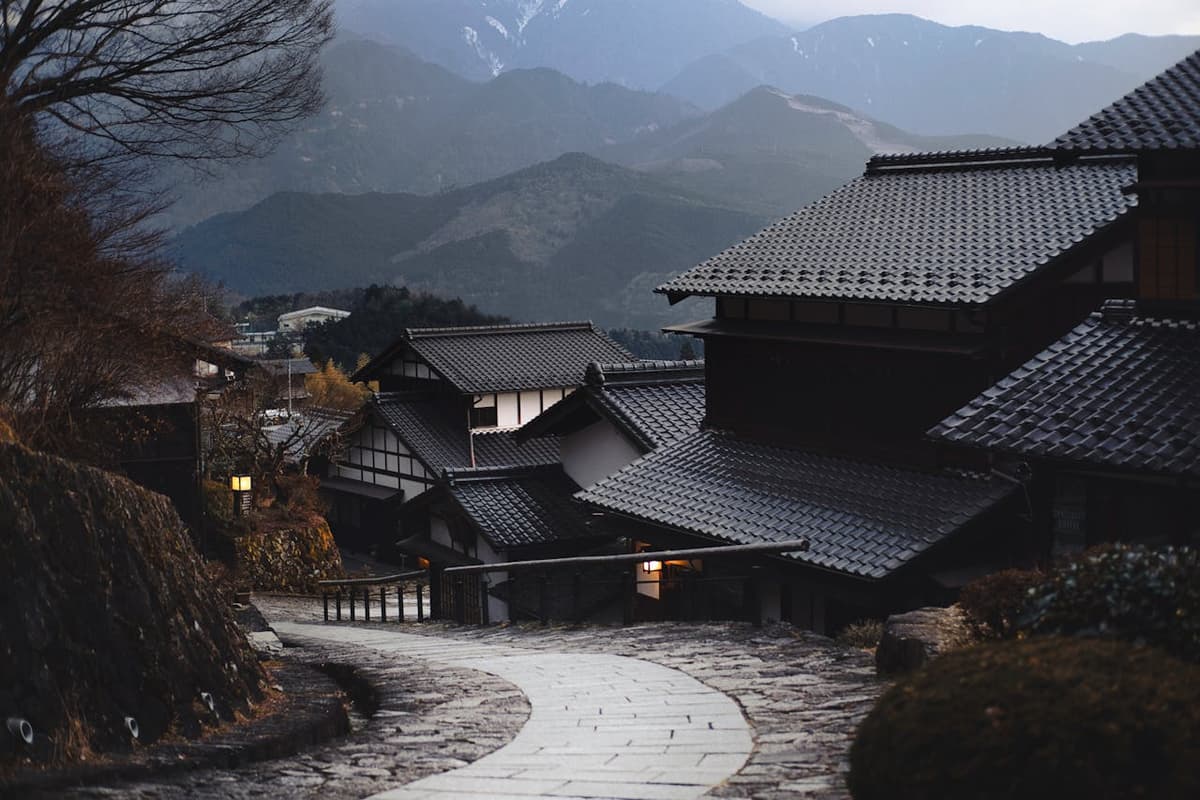
Niseko
Home of the famous 'Japow,' finest snow in the world. With the recent influx of tourists, a lot of development has occured to make this area english-friendly. Plenty of backcountry runs as well as beginner courses.
Japan is home to some of the best powder in the entire world and nicknamed "Japow." Visit the legendary Niseko Resorts or the classic resorts in Nagano. Enjoy the hot springs of Nozawa after a long day on the slopes as well as explore the snow valleys of Hakuba.

Home of the famous 'Japow,' finest snow in the world. With the recent influx of tourists, a lot of development has occured to make this area english-friendly. Plenty of backcountry runs as well as beginner courses.

Big alpine terrain and variety across multiple connected resorts. Hakuba has long been a snowy resort town with hot springs and great food with beautiful views.
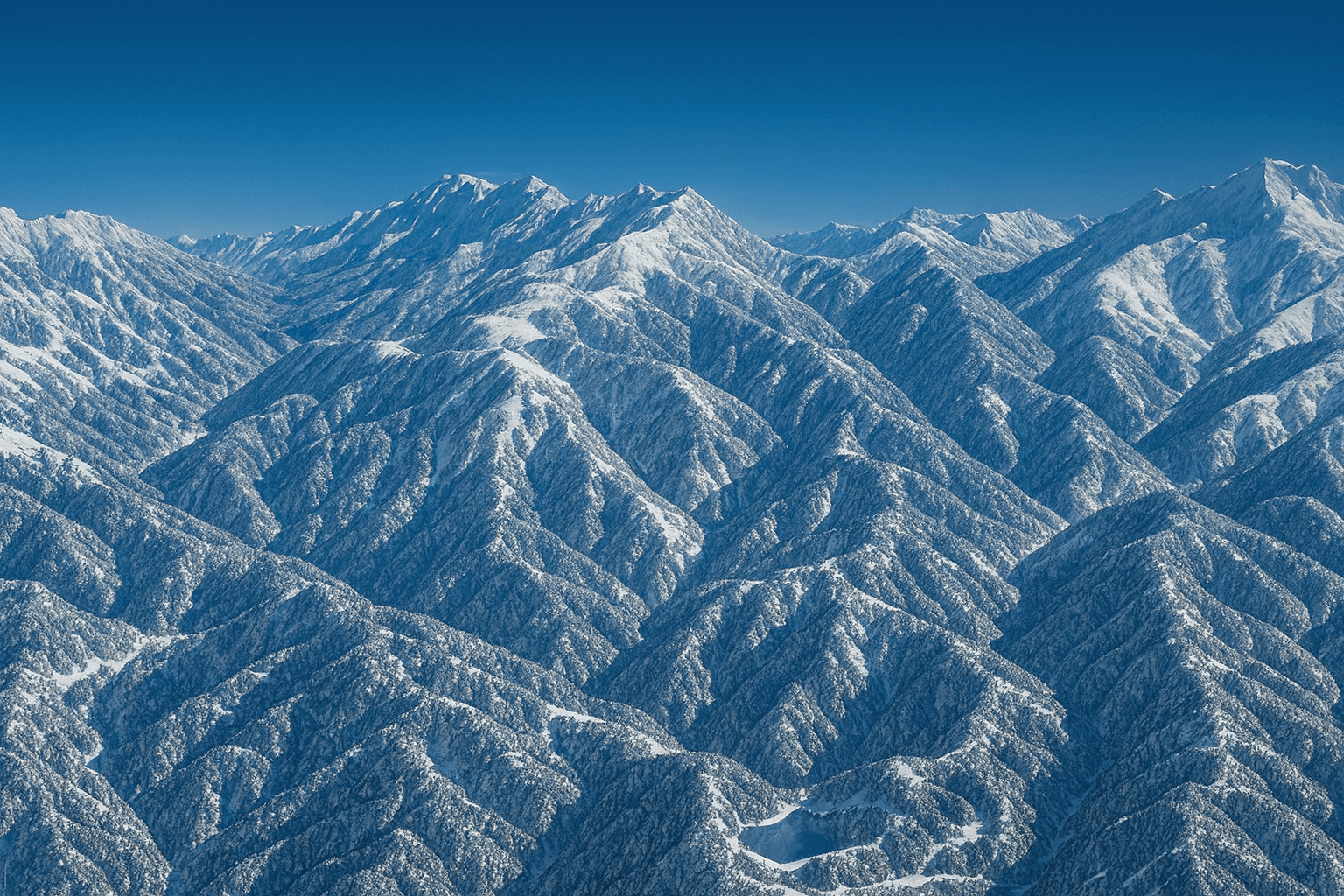
Japan’s largest recreational ski area with lift-connected resorts across 18 resorts. Located only 1 hour away from Nagano City, Shiga Kogen continues to be one of the most popular places to visit during the winter.

Hosting the longest ski run in Japan at 10km long, this ski area has many hot spring and traditional Japanese Inns.

One of the most famous resorts in Nagano, this ski resort is easily accessible from Tokyo via the Shinkansen and is a popular spot amongst those from Tokyo.

From the bustling streets of Tokyo to Sapporo's snowy charm, each city blends tradition with modern life.
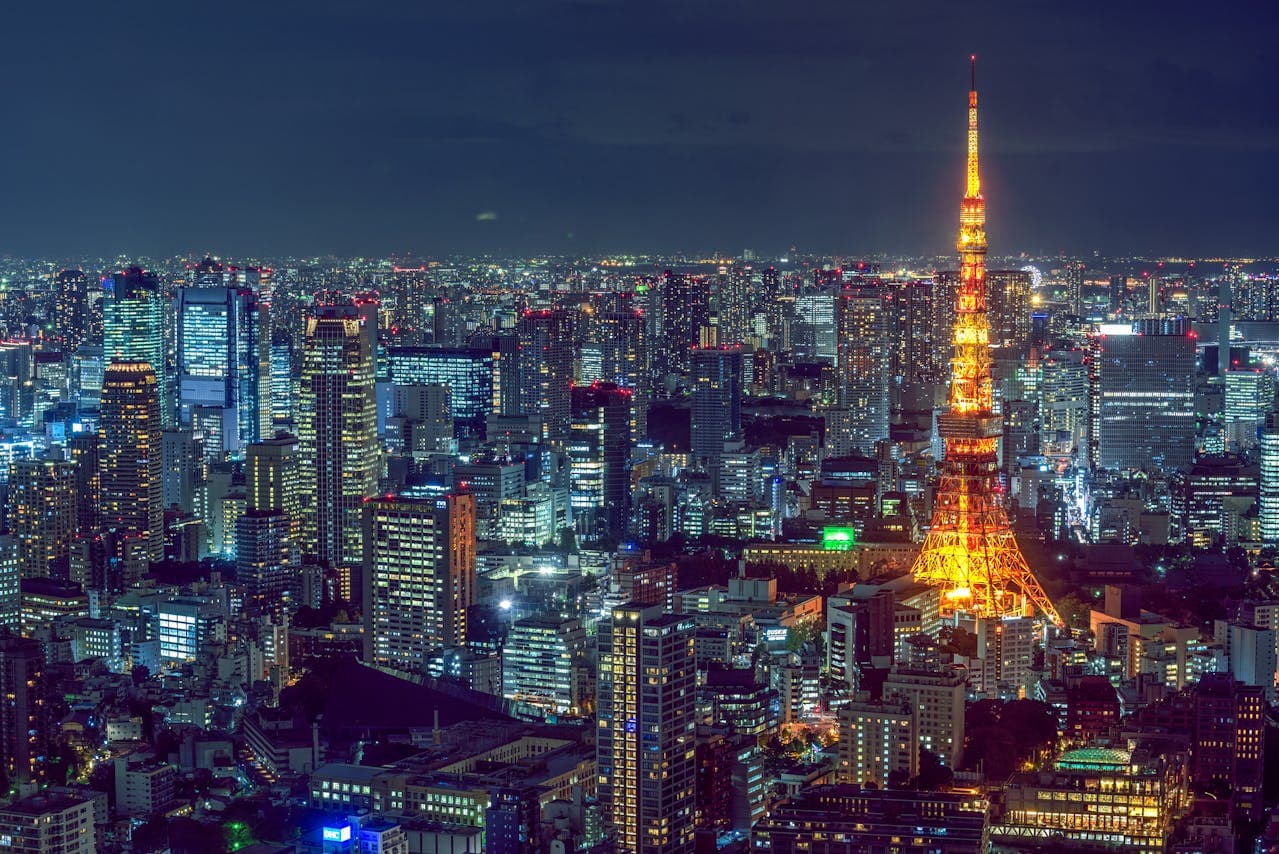
Experience the bustling capital of Japan with it's blend of modern skyscrapers and traditional temples
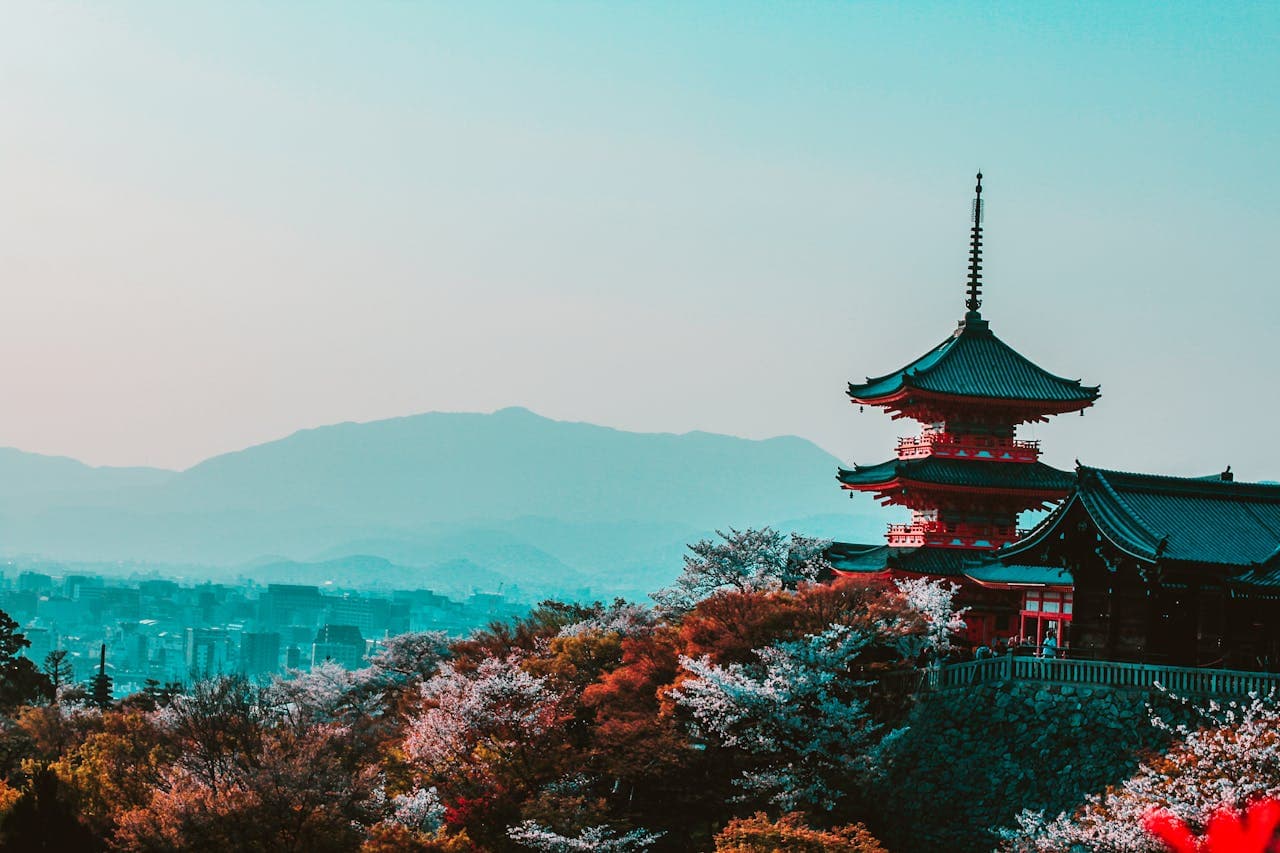
Discover ancient temples, traditional geisha districts, and serene bamboo forests in Japan's Old Capital
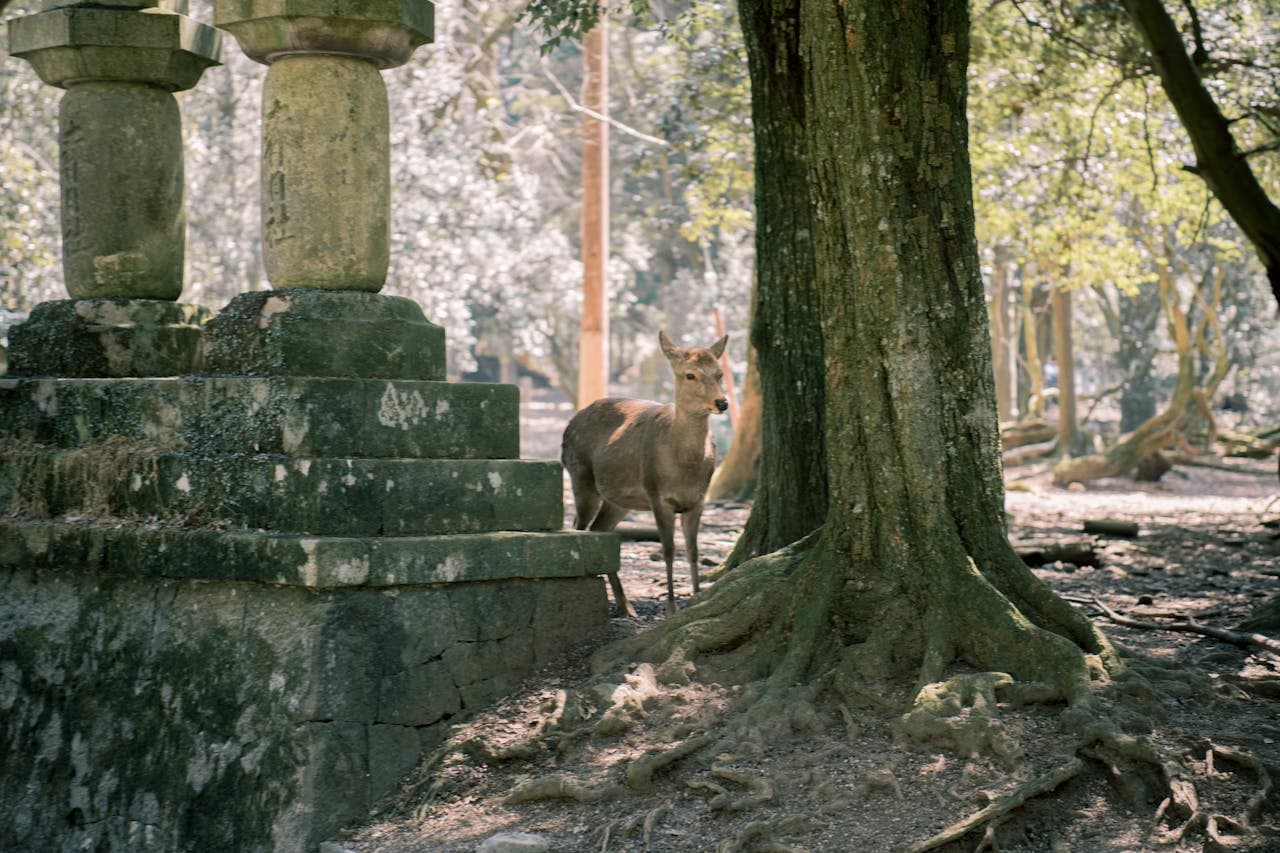
Meet the famous bowing deer and explore Japan's first permanent capital
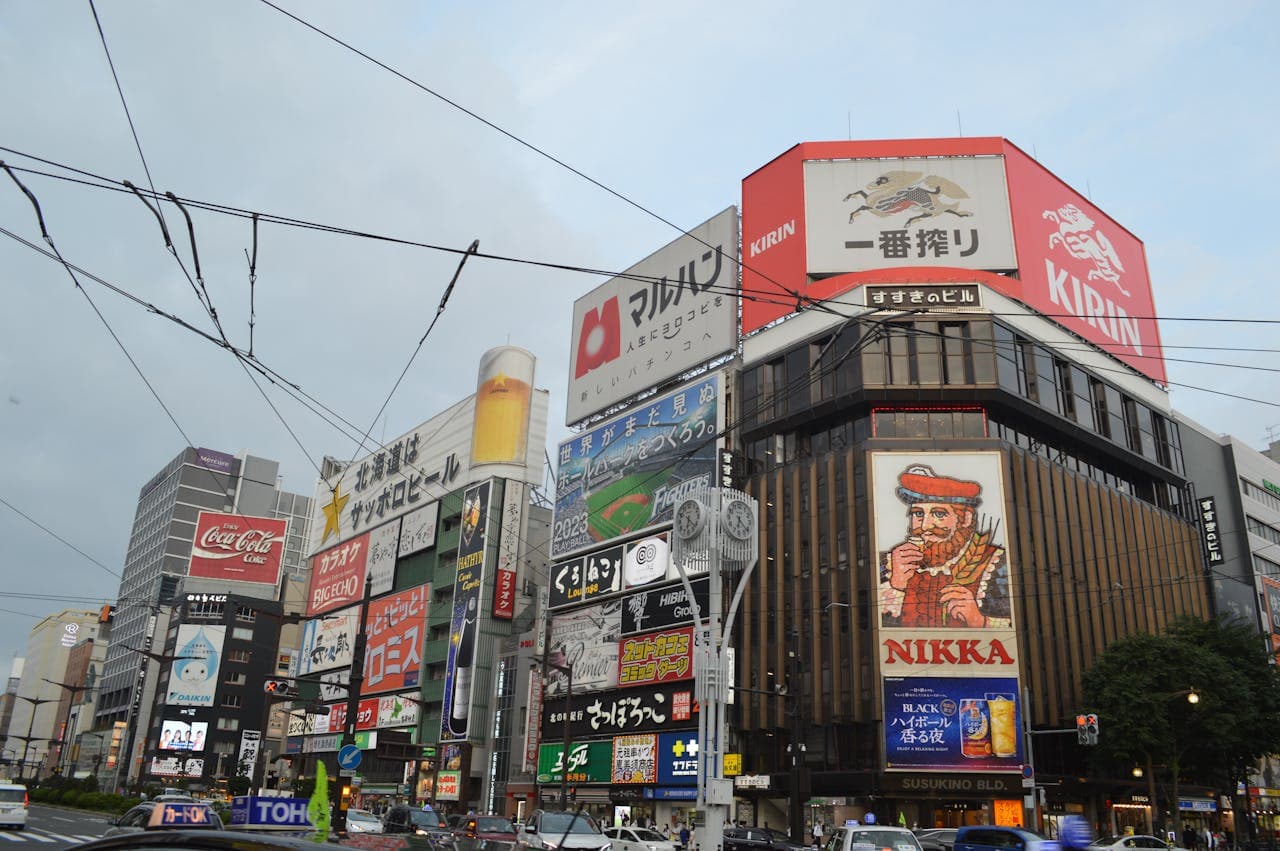
Explore Japan's city of snow and freshly caught seafood

Taste the incredible Hakata ramen and experience Kyushu's gateway city
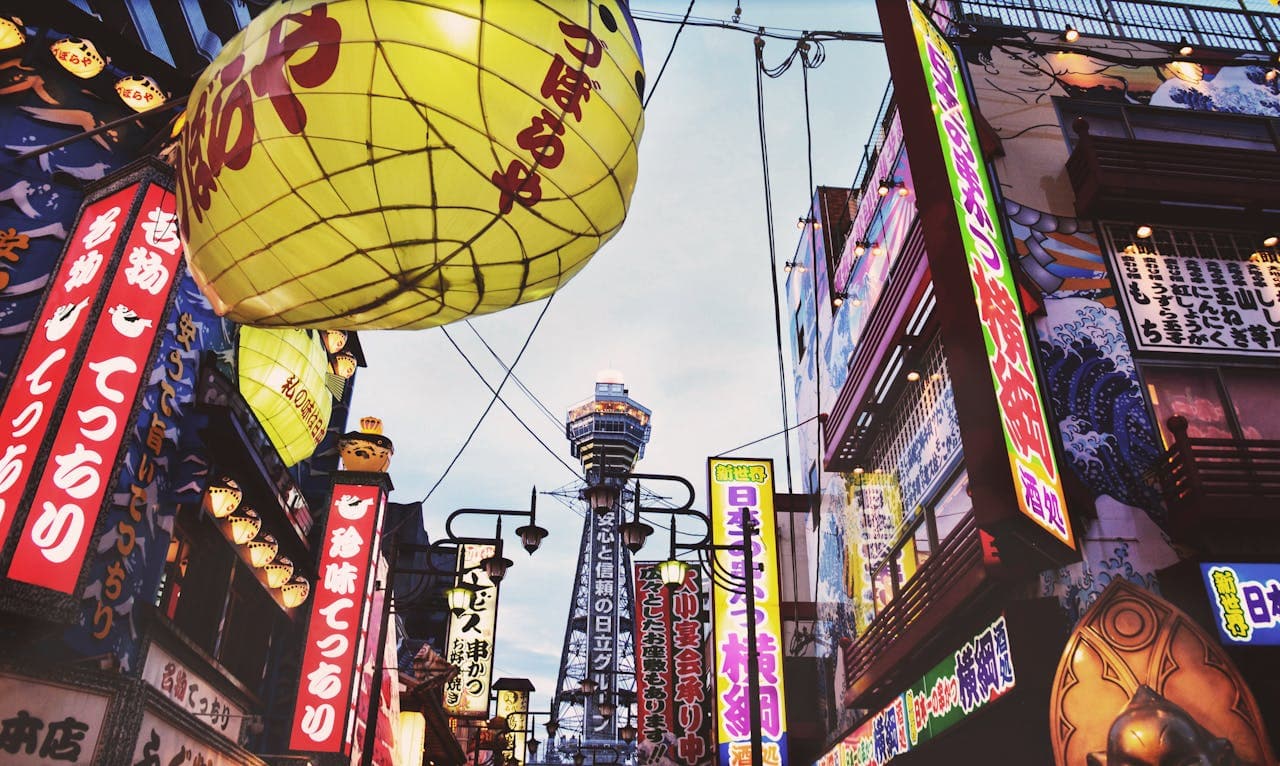
Explore Japan's second biggest city and the people with the best sense of humor
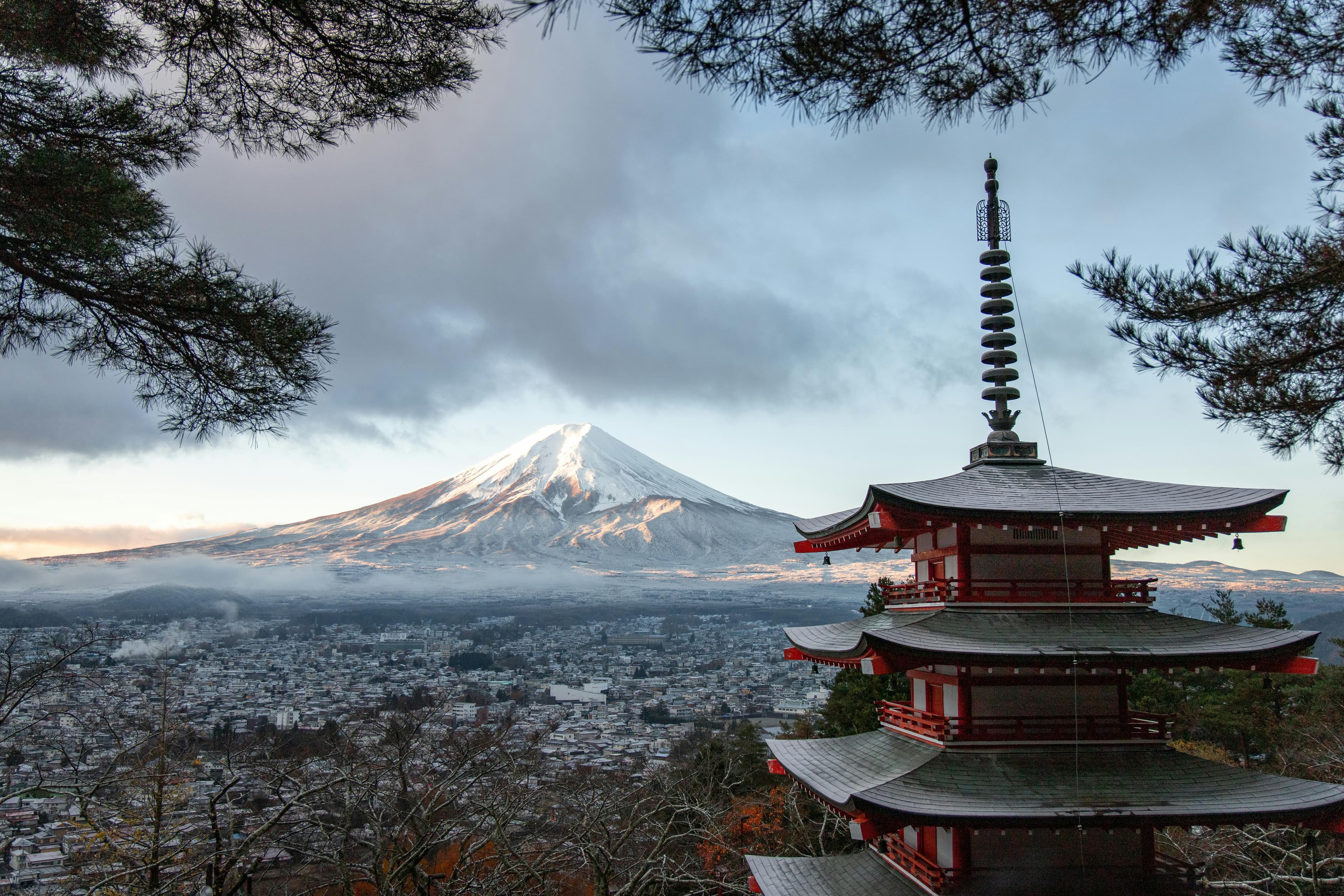
Summer festivals and late-season fireworks give way to early foliage in cooler regions—here are five great picks.

A balanced 7-day plan covering tradition, modern cities, and unique regional culture.
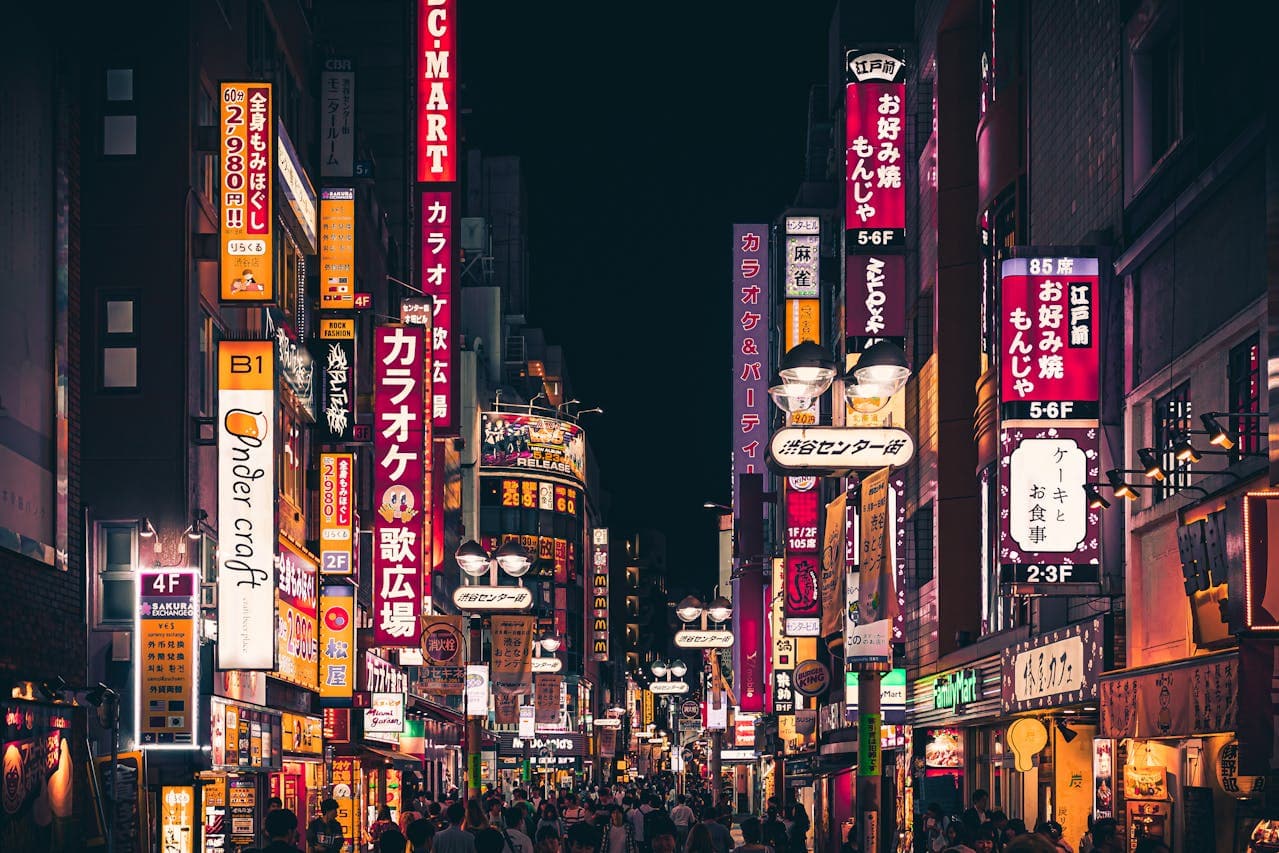
Land in Tokyo and explore Shinjuku, Shibuya, and Asakusa. End with city views from Tokyo Skytree or Shibuya Sky.
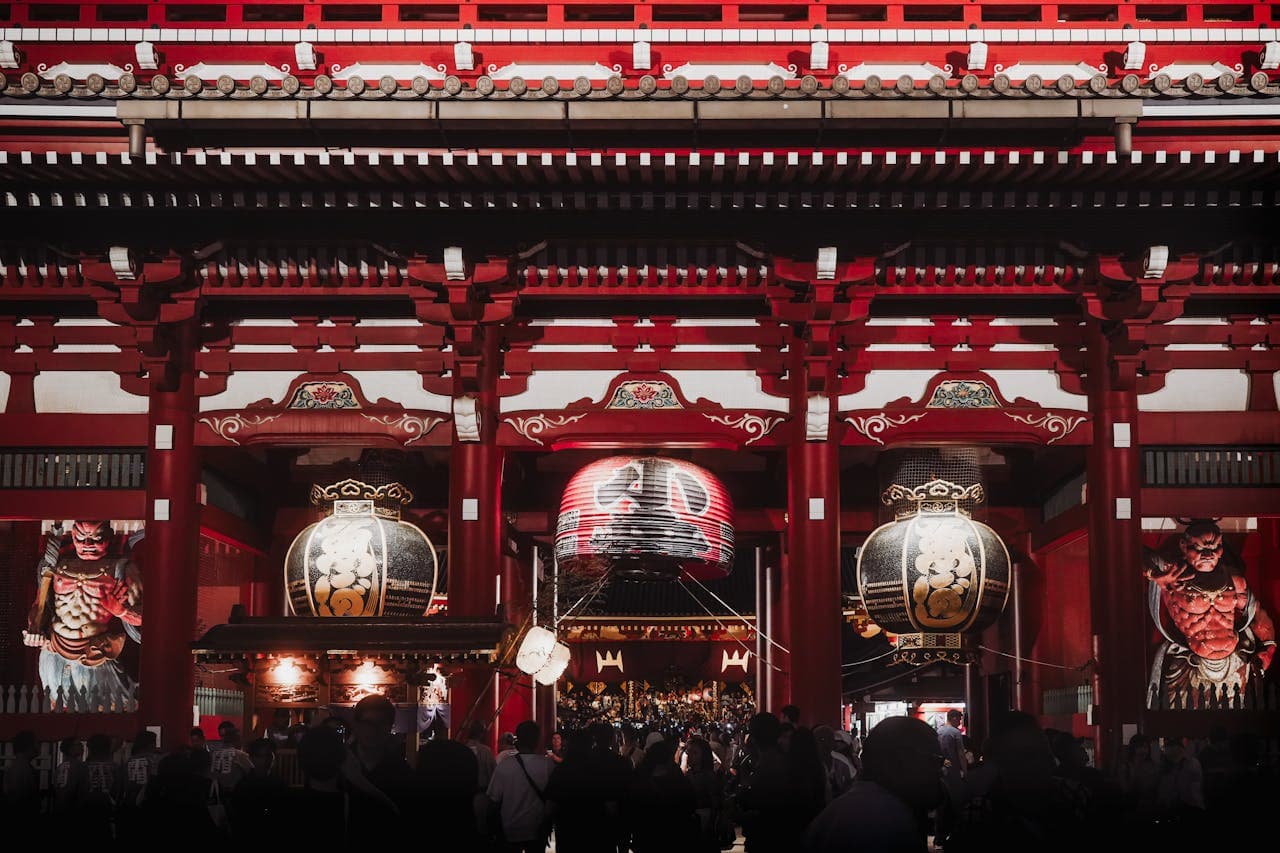
Take a short trip to Kamakura or Nikkō. Return for Tokyo nightlife in Shinjuku Golden Gai.
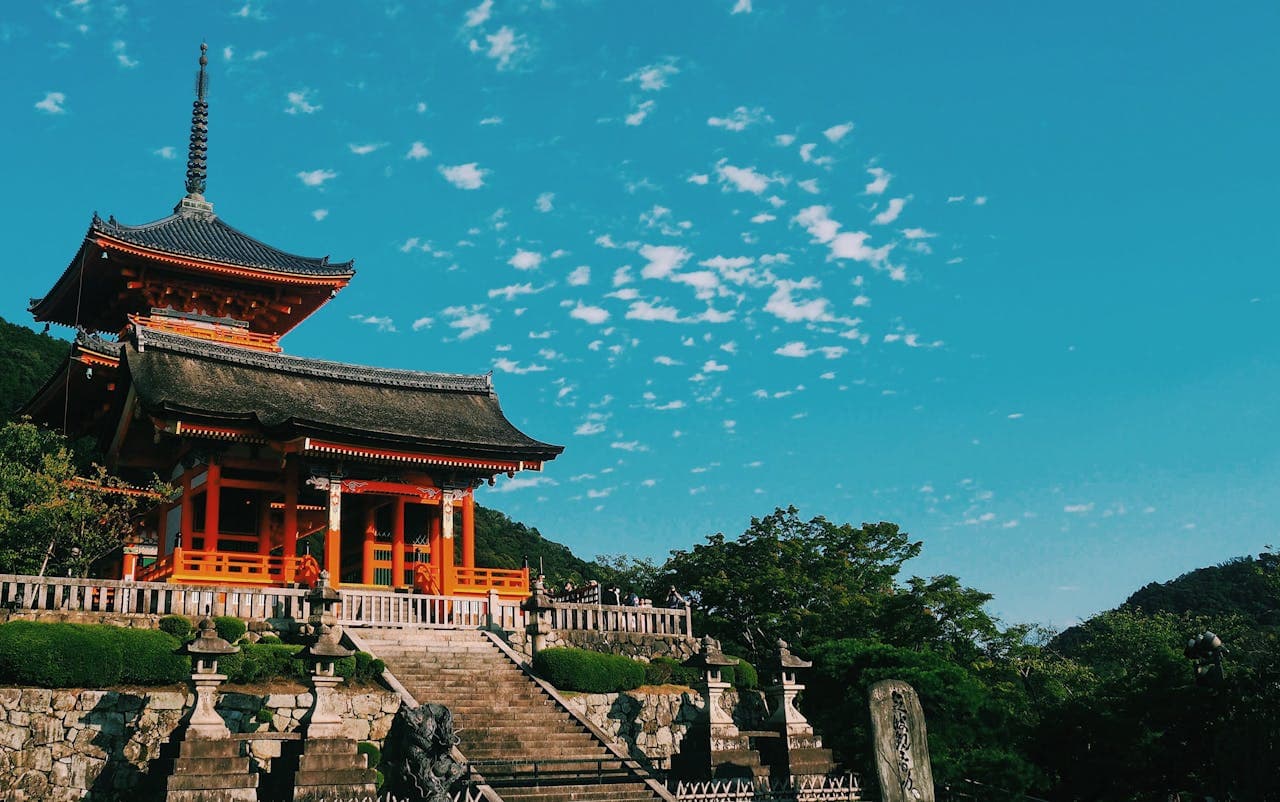
Visit Fushimi Inari’s 1,000 torii gates, Kiyomizu-dera, and Gion’s geisha district.

Arashiyama’s bamboo grove, then Nara Park and Tōdai-ji.

Dōtonbori street food, Osaka Castle, nightlife. Try takoyaki and okonomiyaki.
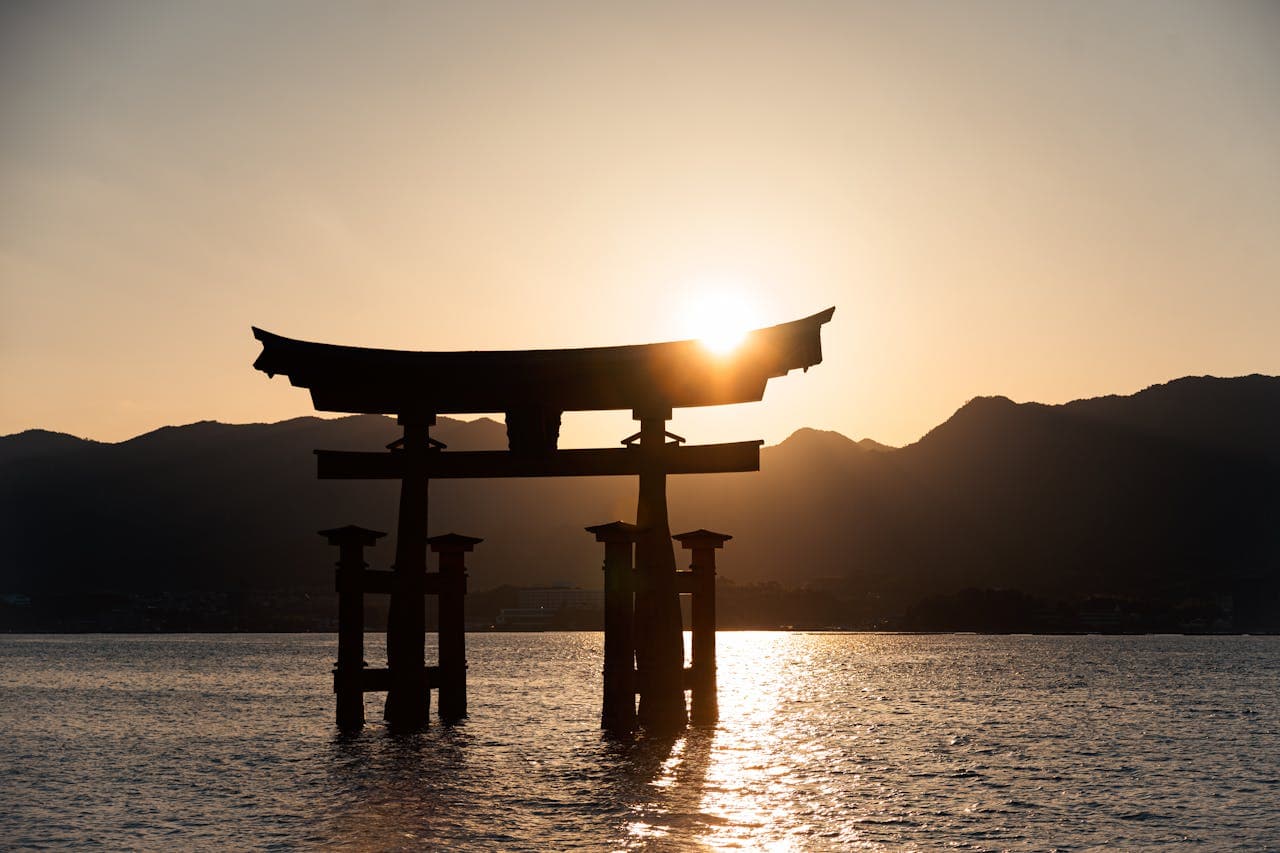
Peace Memorial Park, then Itsukushima Shrine’s floating torii.

Ginza or Harajuku shopping; relax in an onsen near Hakone.
Go beyond checklists—hands-on, local-first experiences.
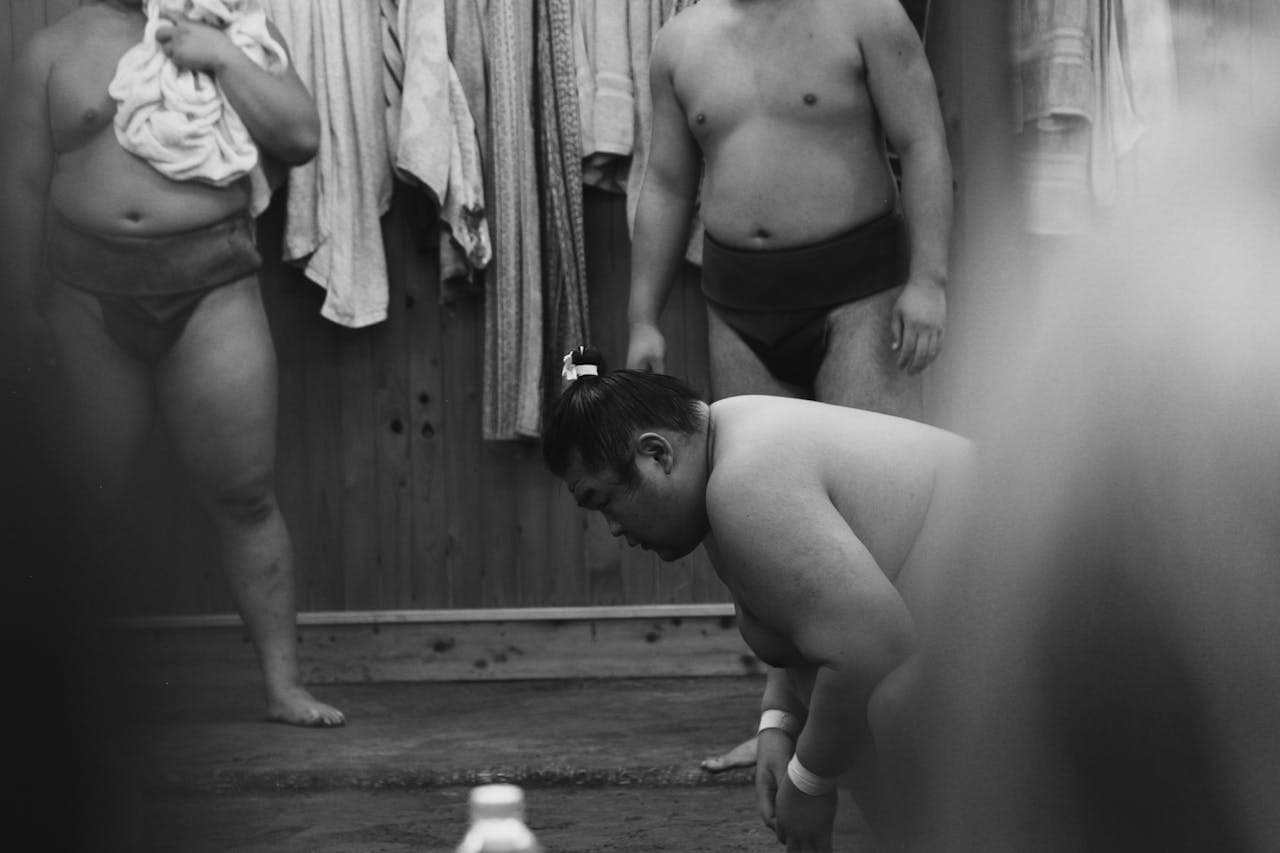
Visit a stable (beya) to see wrestlers train up-close. It’s intense and respectful.
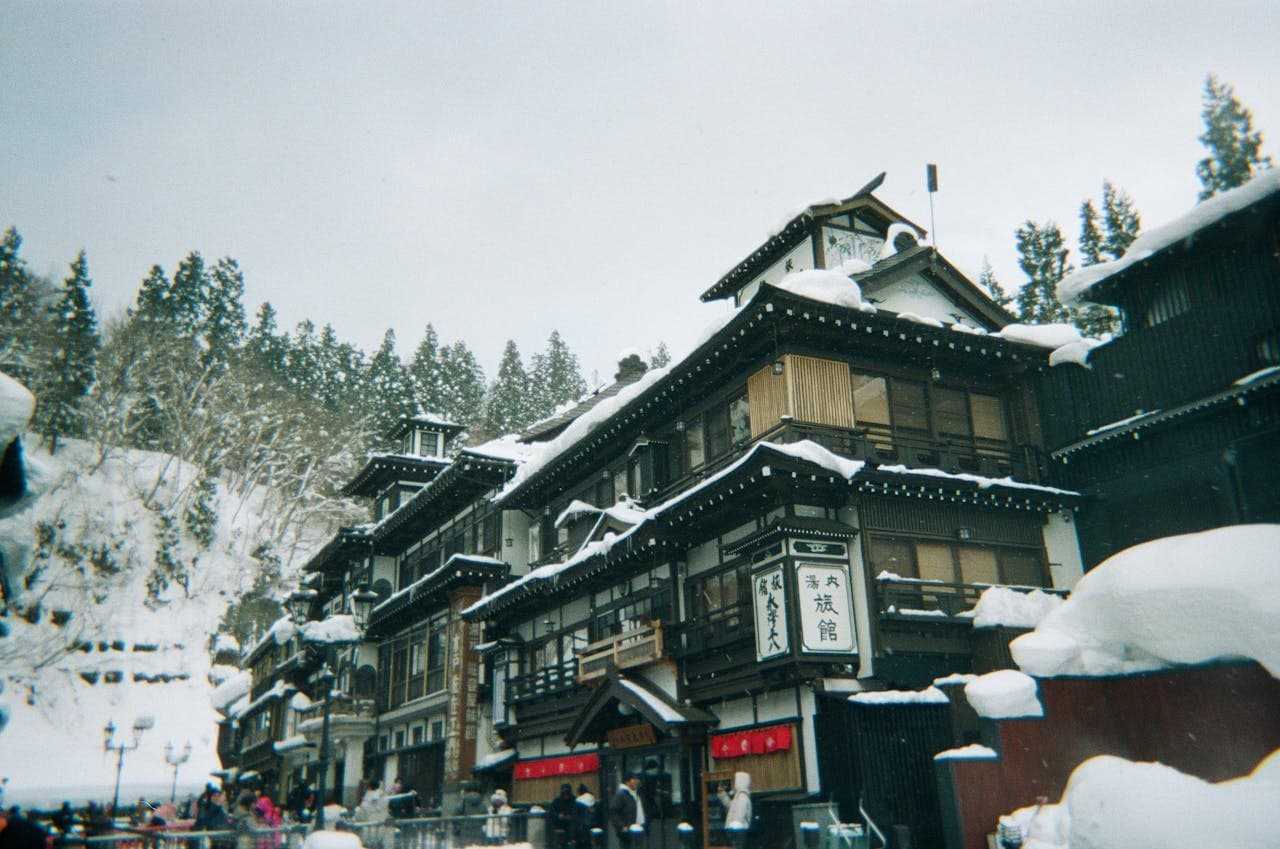
Mineral-rich baths and kaiseki dinners. Try Kurokawa, Beppu, or Kinosaki.
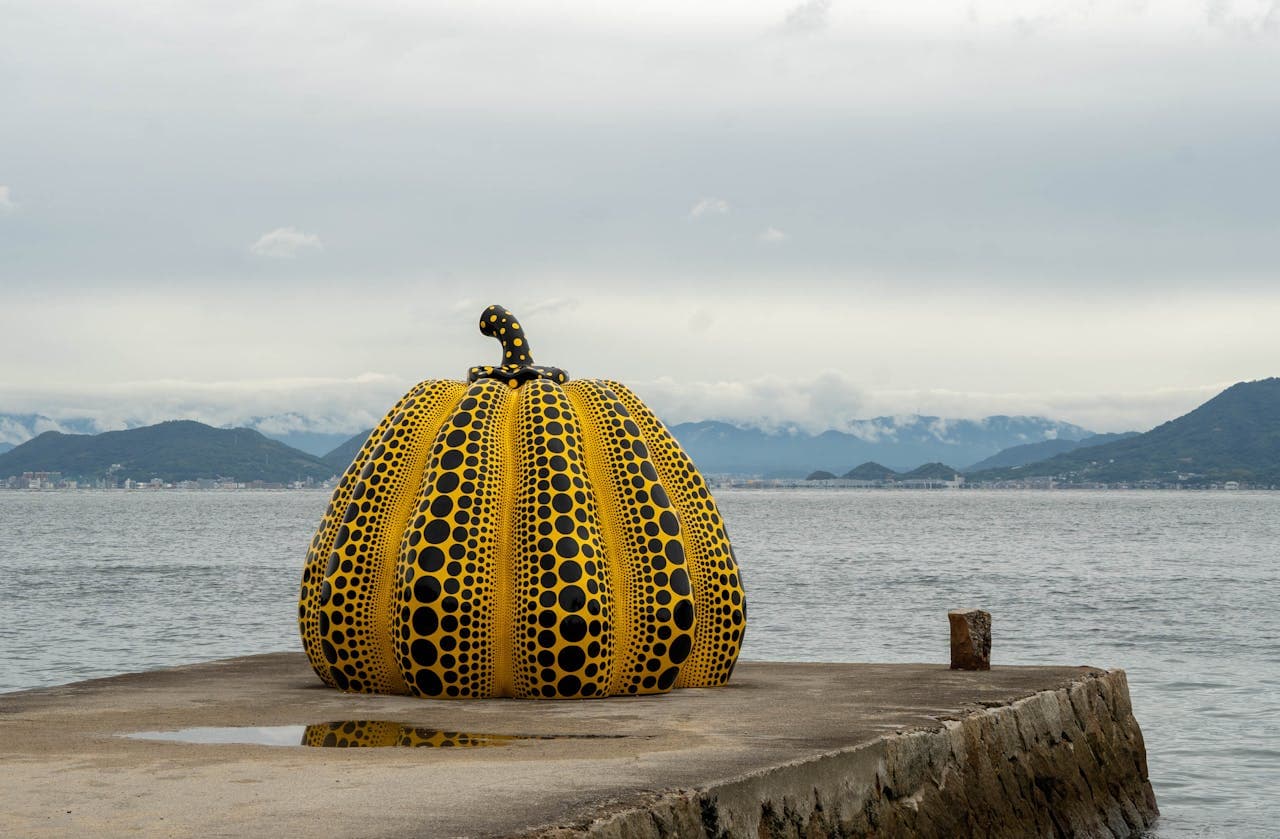
World-class museums like Chichu and Benesse; outdoor installations by the sea.

Ancient cedar giants and misty moss valleys. Pack rain-ready gear.
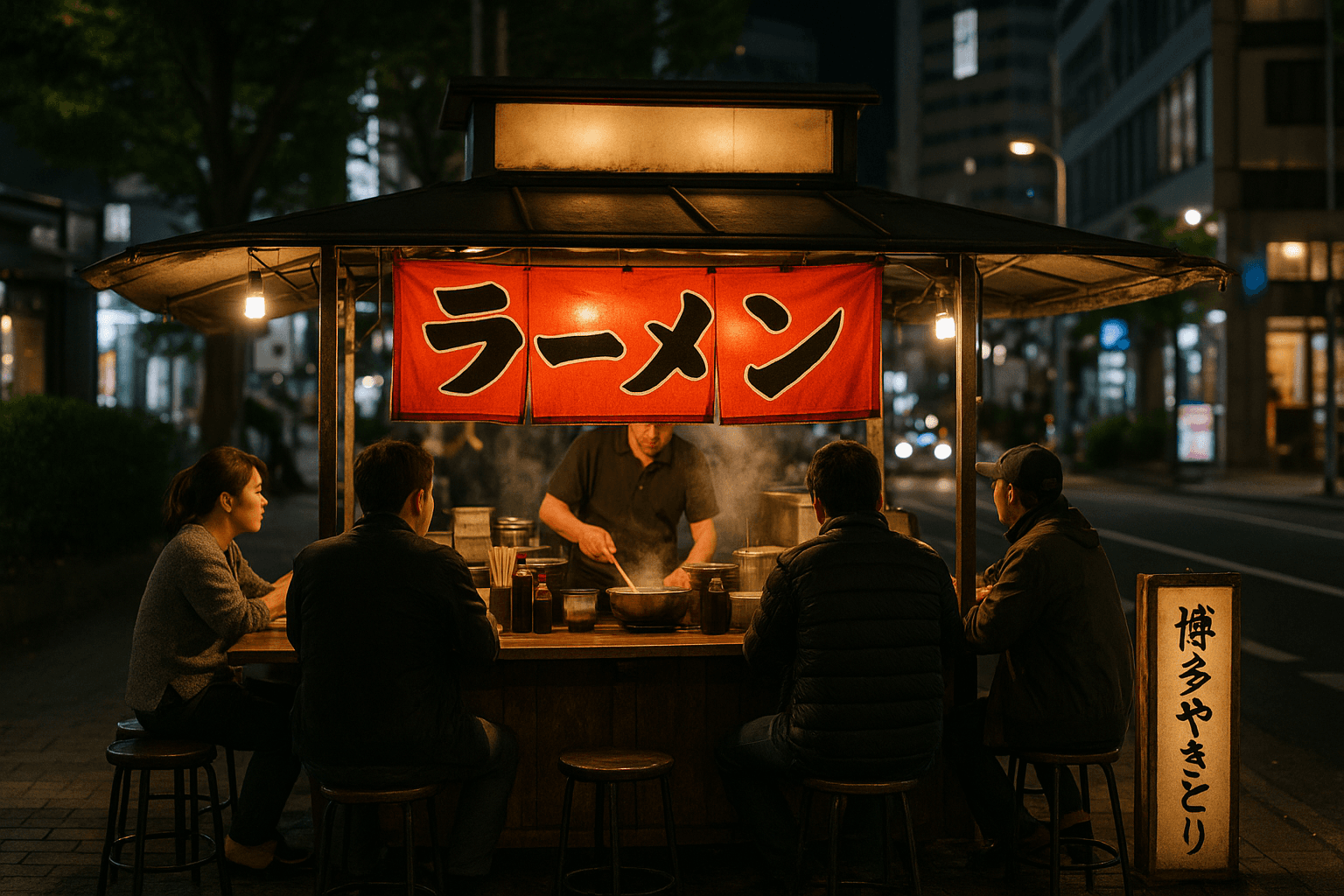
Open-air stalls for ramen, yakitori, and oden; chat with locals.

Traditional papermaking workshops—scoop, press, dry, and take home.
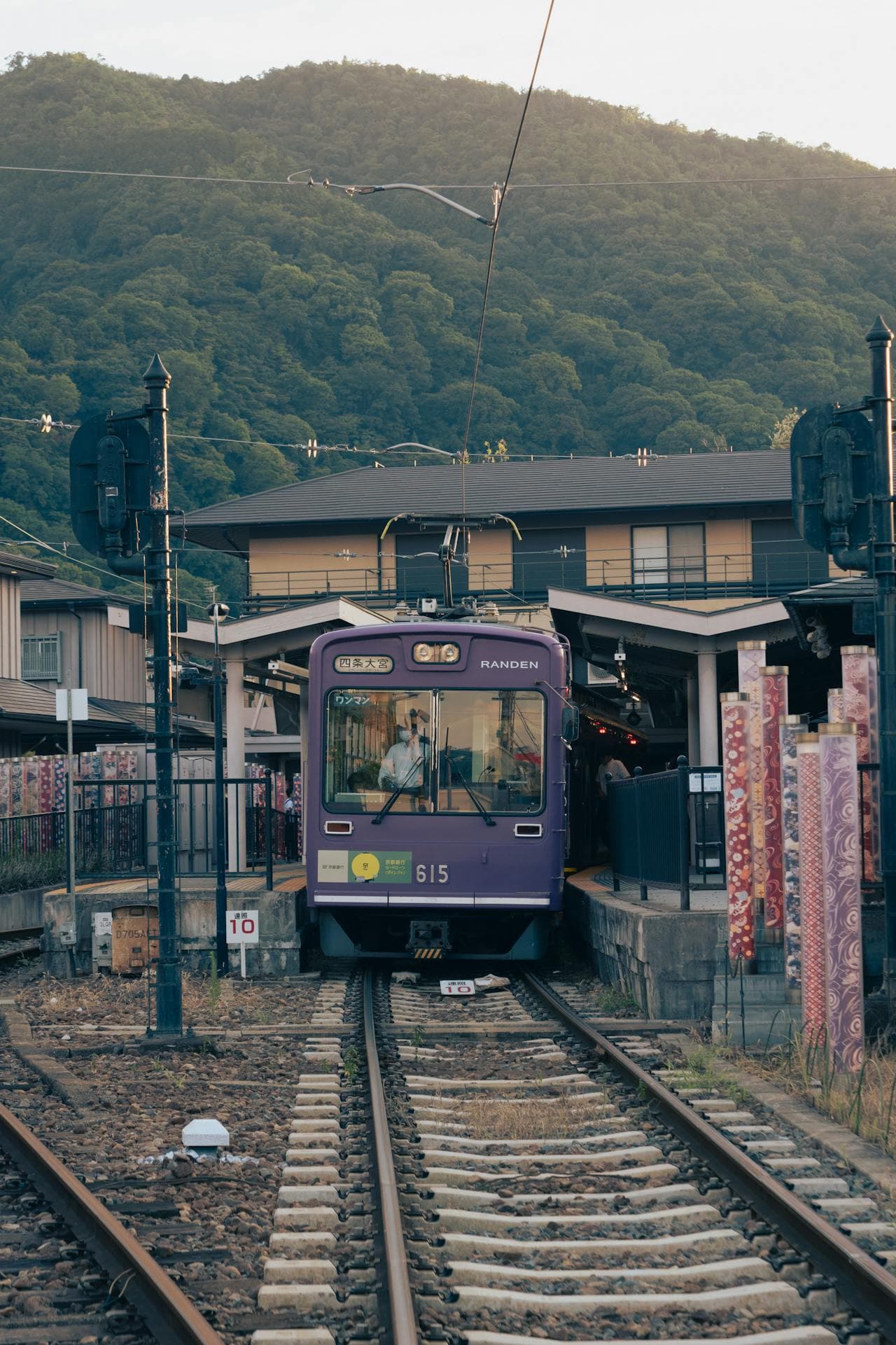
Kuroshio (Wakayama coast) or Thunderbird (Lake Biwa & Hokuriku) for views.
From playful parks to interactive museums—fun for the whole family.
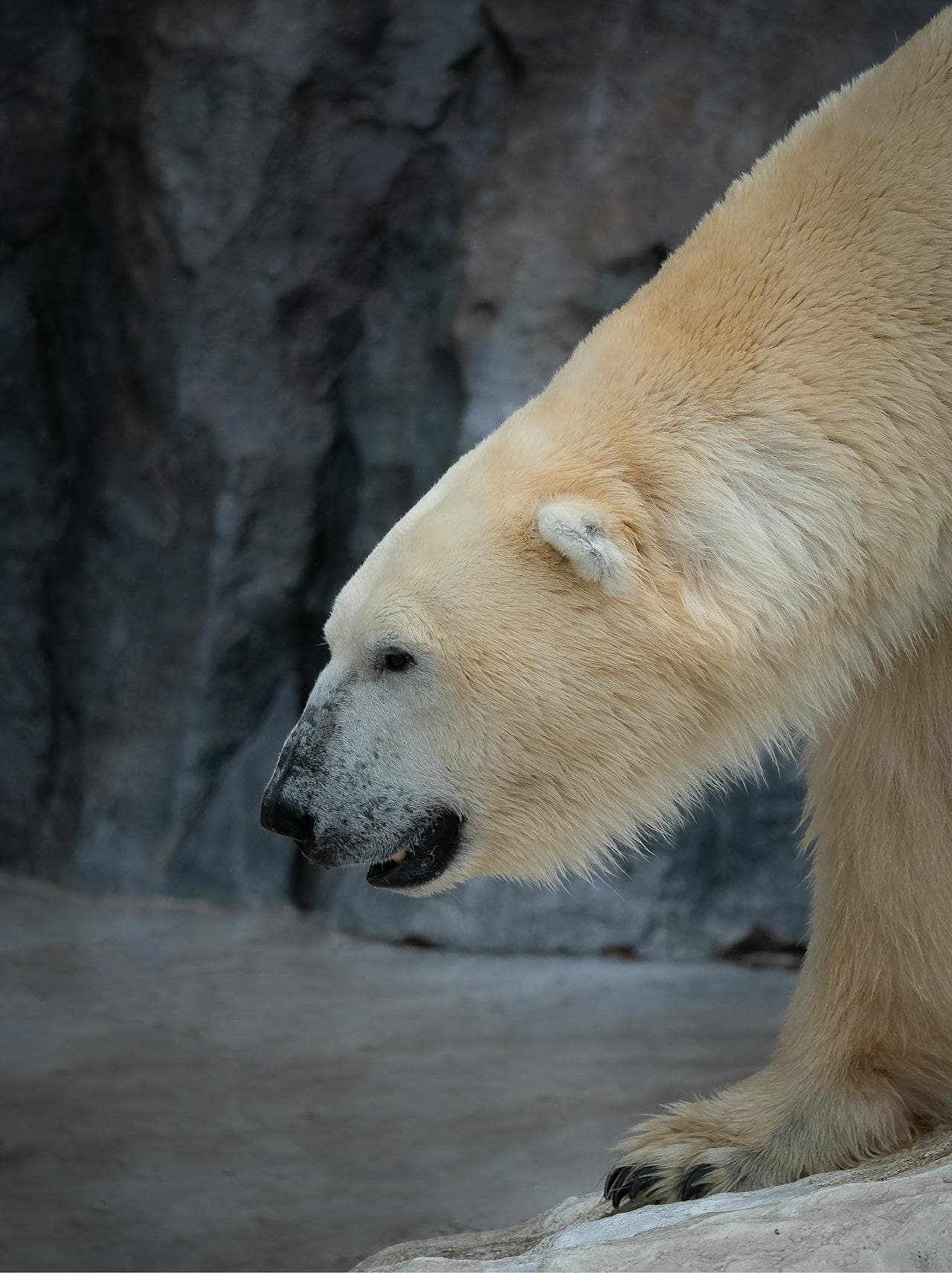
Japan’s oldest zoo—kids love the pandas, while Ueno Park offers space to run and play.
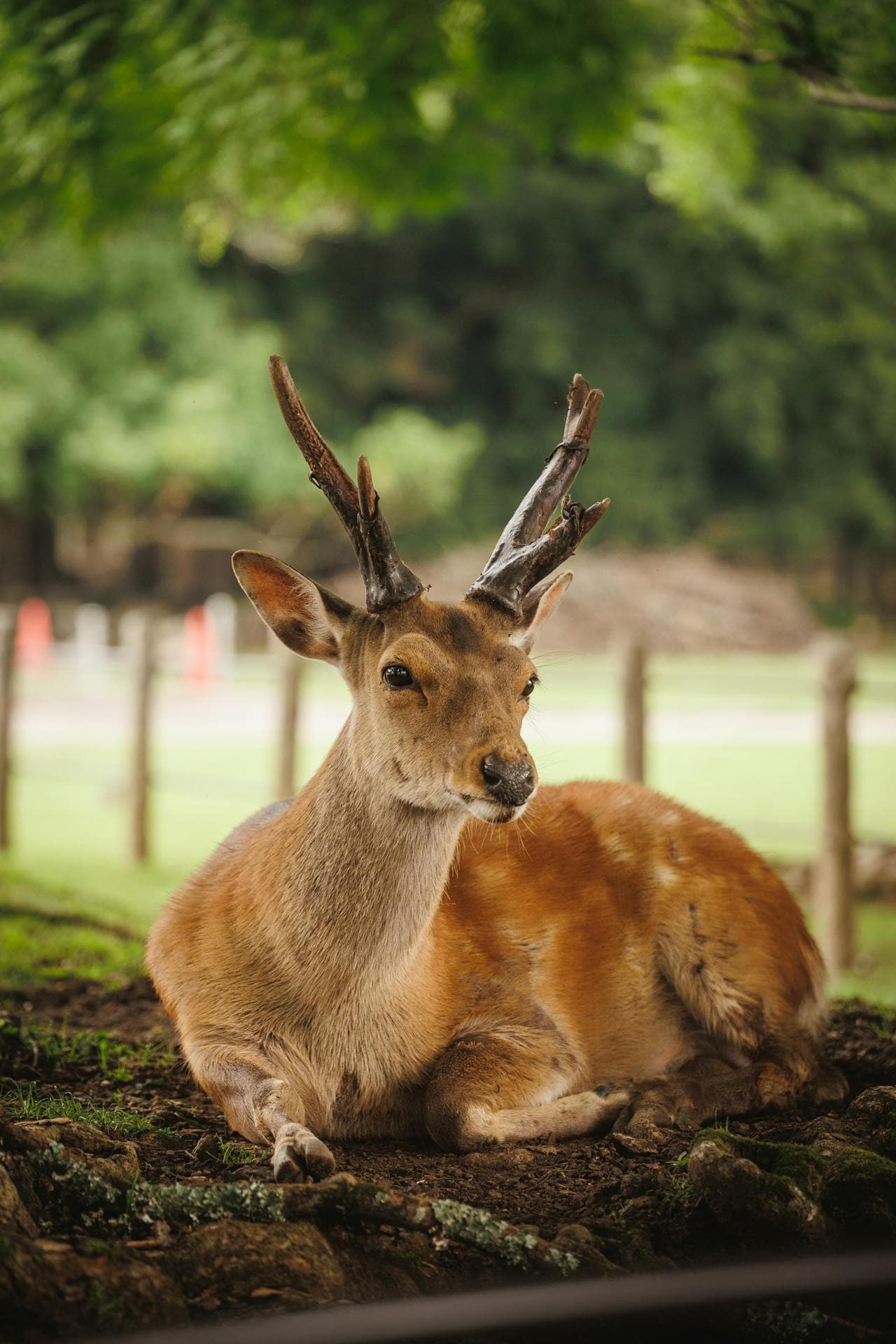
Meet and feed friendly deer wandering freely in a huge park setting—kids adore it.

Whale sharks and manta rays in massive tanks—magical undersea experience.

Big coasters for teens, Thomas Land for younger kids near Mt. Fuji.
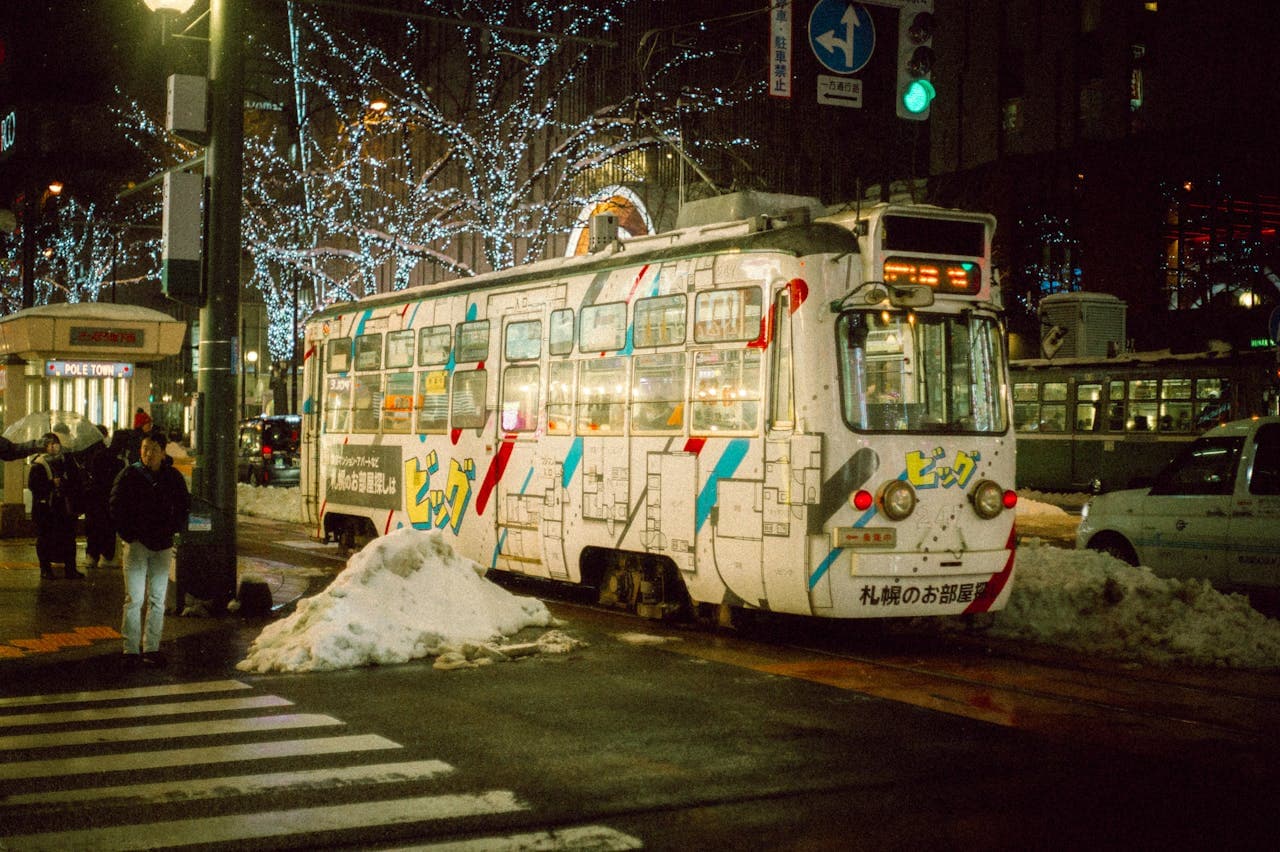
Giant snow and ice sculptures—sledding and hot cocoa included.
Here are some ways to travel in Japan without being fluent in the language.
Google Translate camera mode helps with menus, signs, and quick chats. Many restaurants have picture menus.
Shinkansen/subways have English announcements and signage in major areas.
Look for 'English-speaking staff'—they’ll help with bookings and local tips.
Even 'Arigatō' (thank you) or 'Sumimasen' (excuse me) goes a long way.
Suica/Pasmo simplify transit and shopping—just tap and go.
Major stations offer English brochures, maps, and assistance.
Clear English signage, frequent departures, and renowned punctuality—ride like a local.
Punctual
Shinkansen often to the minute
Easy Tickets
Kiosks + IC cards accepted
Everywhere
Dense network nationwide
Tap in/out on JR and subways; also works at convenience stores and many buses. Top up at station machines.
For local trains, tap IC. For Shinkansen/limited express, use machines or ticket counters to choose time and seat.
Ordinary vs. Green (first class). Reserved seats guarantee a spot; non-reserved is flexible but first-come-first-served.
Carry-ons above seats; larger bags at car ends. Some Shinkansen require a free oversized baggage reservation.
English signs/announcements are standard in major areas. Follow platform numbers and line colors/arrows.
Arrive early, queue in lines, keep phone on silent, avoid eating on local trains (OK on Shinkansen).
| Option | What You Get | When to Choose |
|---|---|---|
Non-Reserved (自由席) First-come seating | Cheapest option on eligible trains; sit in designated cars. | Off-peak hours or short hops when you want flexibility. |
Reserved (指定席) Assigned seat | Guaranteed seat, choose window/aisle; calmest travel experience. | Peak seasons, families, or when carrying luggage. |
Green Car (グリーン車) Premium seat | Wider seats, extra legroom, quieter cars; like first class. | Long rides, work on the go, or if you value comfort/quiet. |
1. Pick Route
Search stations & lines; note transfer points and platform numbers.
2. Get Ticket
Tap IC for locals; use machines/counters for Shinkansen/express.
3. Board & Store
Queue at markings, store luggage overhead or car-end racks.
4. Enjoy the Ride
Follow displays/announcements; snacks OK on Shinkansen.
Discover hidden histories and local legends in every destination.
Engaging guides that share cultural insights and stories.
Explore at your own rhythm and pace.
